Home>Furniture & Design>Interior Design Trends>How To Make A Glass Pipe Out Of A Light Bulb
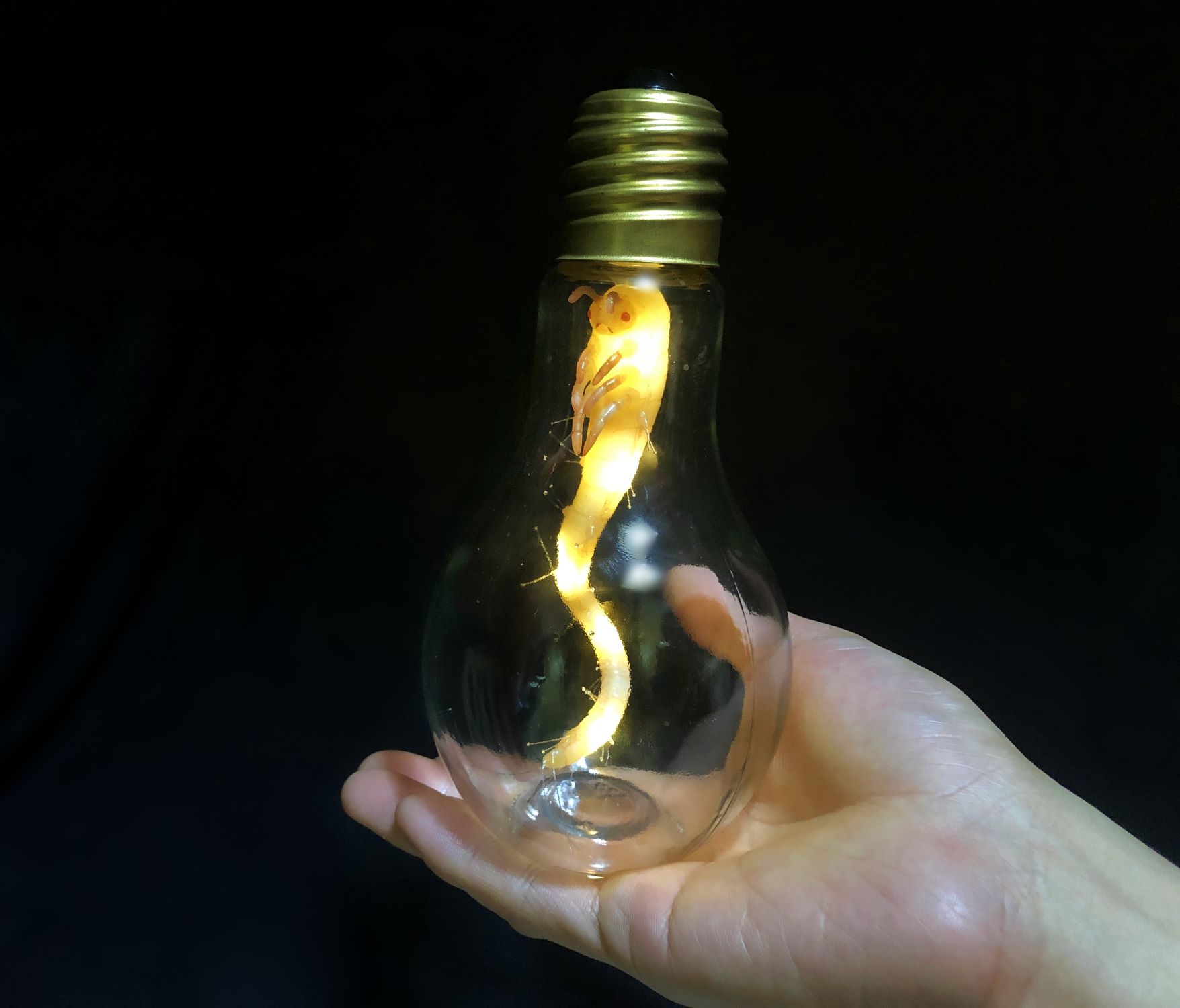

Interior Design Trends
How To Make A Glass Pipe Out Of A Light Bulb
Modified: March 2, 2024
Learn how to create a unique glass pipe using a light bulb with our step-by-step guide. Explore the latest interior design trends and get inspired.
(Many of the links in this article redirect to a specific reviewed product. Your purchase of these products through affiliate links helps to generate commission for Storables.com, at no extra cost. Learn more)
Introduction
Crafting a glass pipe out of a light bulb is a creative and resourceful way to repurpose an everyday item into a functional and unique smoking device. This DIY project offers a hands-on opportunity to transform a discarded light bulb into a sleek and discreet glass pipe, perfect for personal use or as a conversation piece.
By repurposing a light bulb, you can exercise your creativity and resourcefulness while also contributing to sustainable practices by upcycling materials that would otherwise end up in landfills. This project allows you to explore the art of glass manipulation and design, providing a hands-on experience in creating a functional item from unconventional materials.
Creating a glass pipe from a light bulb involves careful deconstruction and reconstruction, making it an engaging and rewarding project for those interested in DIY crafts and functional art. With the right tools and techniques, you can transform a simple light bulb into a stylish and functional glass pipe, showcasing your ingenuity and craftsmanship.
In the following sections, we will explore the step-by-step process of repurposing a light bulb into a glass pipe, from removing the inner components to crafting the bowl and mouthpiece. This guide will provide detailed instructions and insights to help you navigate this creative endeavor, allowing you to unleash your creativity and produce a one-of-a-kind glass pipe from a humble light bulb.
Key Takeaways:
- Transform a light bulb into a unique glass pipe by carefully removing its inner components and crafting a functional bowl and mouthpiece. This DIY project showcases creativity, resourcefulness, and sustainable design.
- Repurpose everyday materials into functional art with a DIY glass pipe project. From deconstruction to testing, unleash creativity and craftsmanship while embracing sustainable practices.
Read more: How To Make A Glass Pipe For Smoking
Materials Needed
To embark on the creative journey of crafting a glass pipe from a light bulb, you will need a set of essential materials and tools. These items will enable you to safely deconstruct the light bulb, manipulate the glass, and assemble the components of the glass pipe. Here's a comprehensive list of the materials required for this DIY project:
-
Light Bulb: Select a standard incandescent light bulb, preferably with a clear glass exterior and a standard medium base. Ensure that the light bulb is intact and free from any cracks or damage.
-
Safety Gloves and Goggles: Prioritize safety by wearing protective gloves and goggles throughout the deconstruction and glass manipulation process. This will safeguard your hands and eyes from potential injuries and glass shards.
-
Needle-Nose Pliers: These specialized pliers are essential for carefully removing the metal contact and lead wires from the base of the light bulb. The narrow, pointed tips allow for precise maneuvering within the confined space of the bulb.
-
Crafting Knife or Glass Cutter: A sharp crafting knife or glass cutter is necessary for scoring and cutting the glass bulb to create the bowl and mouthpiece of the glass pipe. Ensure that the blade is suitable for cutting glass and exercise caution during this step.
-
Sandpaper or Emery Cloth: Smooth out any rough edges and sharp points on the glass components using fine-grit sandpaper or emery cloth. This will ensure a safe and comfortable smoking experience while handling the glass pipe.
-
Heat Source: A small torch or heat gun will be required to carefully heat and manipulate the glass during the creation of the bowl and mouthpiece. Exercise caution and follow safety guidelines when using the heat source.
-
Cleaning Supplies: Prepare a cleaning solution, such as isopropyl alcohol or a specialized glass pipe cleaner, to thoroughly clean the glass pipe before testing and use. Additionally, have cotton swabs or pipe cleaners on hand for detailed cleaning.
-
Optional Decorative Elements: If desired, gather decorative elements such as glass beads, colored glass rods, or heat-resistant decals to personalize and embellish the glass pipe, adding a touch of individuality to the finished creation.
By assembling these materials and tools, you will be well-equipped to embark on the process of transforming a simple light bulb into a functional and visually striking glass pipe. With safety precautions in place and a creative mindset, you can explore the art of glass manipulation and craft a unique smoking device that reflects your ingenuity and resourcefulness.
Step 1: Removing the Filament and Inner Components
The initial step in repurposing a light bulb into a glass pipe involves the careful removal of the filament and inner components. This process requires precision and attention to detail to ensure the safe extraction of the internal elements while preserving the integrity of the glass bulb.
To begin, put on safety gloves and goggles to protect your hands and eyes from potential injuries and glass shards. Hold the light bulb securely and use needle-nose pliers to gently extract the metal contact and lead wires from the base of the bulb. Exercise caution to avoid damaging the glass shell during this delicate operation.
Once the inner components have been successfully removed, inspect the interior of the bulb to ensure that it is free from any residual debris or fragments. Thoroughly clean the interior using a small brush or compressed air to eliminate any remaining particles, ensuring a clean and clear space for the subsequent steps of the glass pipe creation process.
By meticulously removing the filament and inner components, you are preparing the light bulb for the transformative stages that will turn it into a functional glass pipe. This initial step sets the foundation for the creative manipulation of the glass and paves the way for crafting the bowl and mouthpiece, showcasing your resourcefulness and hands-on craftsmanship.
With the filament and inner components safely extracted, the light bulb is now ready for the next phase of the DIY project, where the glass manipulation and shaping process will take center stage. This meticulous deconstruction marks the beginning of the glass pipe creation journey, offering a hands-on opportunity to repurpose a common household item into a unique and functional piece of art.
Step 2: Creating the Bowl
With the filament and inner components safely removed from the light bulb, the focus shifts to crafting the bowl, a pivotal element of the glass pipe. This step involves precise glass manipulation and shaping to transform the bulb into a functional smoking apparatus.
To begin, carefully score a line around the top portion of the light bulb using a crafting knife or glass cutter. Exercise caution and apply gentle pressure to create a clean and even score line, ensuring a smooth separation of the top section. Once scored, carefully tap the scored line to initiate a controlled break, separating the top portion from the bulb.
With the top section removed, the remaining portion of the bulb serves as the foundation for the bowl. Using the crafting knife or glass cutter, refine the edges of the open end to create a smooth and even rim for comfortable use. This step requires precision to ensure a seamless transition from the bulb's body to the bowl, enhancing both functionality and aesthetics.
Next, utilize a small torch or heat gun to carefully heat the open end of the bulb, allowing the glass to soften and become malleable. With controlled manipulation, gently push the softened glass inward to create a concave bowl shape, carefully forming the interior to accommodate smoking materials.
As the glass cools, refine the bowl's shape and depth to achieve the desired size and curvature, ensuring an optimal smoking experience. Smooth out any rough edges using fine-grit sandpaper or emery cloth, creating a comfortable and safe surface for handling.
Throughout this process, attention to detail and patience are essential, as the creation of the bowl requires precision and finesse. By skillfully manipulating the glass, you can transform a discarded light bulb into a functional and visually striking bowl, showcasing your craftsmanship and resourcefulness.
Crafting the bowl marks a significant milestone in the glass pipe creation process, highlighting the transformative potential of repurposing everyday materials into functional art. With the bowl taking shape, the next phase will focus on crafting the mouthpiece, bringing the glass pipe closer to completion and demonstrating the ingenuity and creativity inherent in this DIY endeavor.
Be extremely careful when working with glass and heat. Wear protective gloves and eyewear, and work in a well-ventilated area to avoid inhaling any fumes.
Step 3: Making the Mouthpiece
As the process of repurposing a light bulb into a glass pipe continues, the creation of the mouthpiece emerges as a crucial step, adding functionality and comfort to the smoking apparatus. Crafting the mouthpiece requires careful glass manipulation and shaping to ensure a seamless and ergonomic design that enhances the overall usability of the glass pipe.
To commence the construction of the mouthpiece, prepare the open end of the light bulb, which will serve as the foundation for this essential component. Using a crafting knife or glass cutter, refine the edges of the open end to create a smooth and even rim, ensuring a comfortable and secure fit for the user. This meticulous step sets the stage for the precise manipulation of the glass to form the mouthpiece.
With the rim of the open end prepared, utilize a small torch or heat gun to carefully heat the glass, allowing it to soften and become malleable. Apply controlled pressure and shaping techniques to gradually form the mouthpiece, ensuring a comfortable and ergonomic design that facilitates a pleasant smoking experience. As the glass begins to take shape, maintain a keen focus on symmetry and smooth transitions to achieve a visually appealing and functional mouthpiece.
During the shaping process, consider the user's comfort and ease of use, aiming to create a smooth and rounded mouthpiece that complements the overall design of the glass pipe. Pay close attention to the thickness and curvature of the glass, ensuring a balance between durability and comfort for the individual using the pipe.
As the glass cools and solidifies, refine the contours and edges of the mouthpiece, ensuring a seamless integration with the rest of the glass pipe. Smooth out any rough surfaces using fine-grit sandpaper or emery cloth, creating a polished and comfortable finish that enhances the tactile experience for the user.
Crafting the mouthpiece represents a pivotal stage in the transformation of a light bulb into a functional glass pipe, showcasing the artistry and precision involved in repurposing materials. With the mouthpiece taking form, the glass pipe nears completion, embodying the creativity and resourcefulness inherent in this DIY project.
Read more: How To Make A Light Bulb
Step 4: Cleaning and Testing the Glass Pipe
With the intricate process of crafting the glass pipe from a light bulb nearing completion, the focus shifts to the crucial steps of cleaning and testing the newly created smoking apparatus. This phase is essential to ensure the safety, functionality, and overall quality of the glass pipe before it is ready for use.
Begin by thoroughly cleaning the entire glass pipe, inside and out, to remove any residual debris, dust, or fingerprints accumulated during the crafting process. Prepare a cleaning solution, such as isopropyl alcohol or a specialized glass pipe cleaner, and carefully apply it to the interior and exterior surfaces of the pipe. Utilize cotton swabs or pipe cleaners to reach intricate areas, ensuring a comprehensive cleaning that leaves the glass pipe pristine and free from any contaminants.
After cleaning, rinse the glass pipe with water to remove any remaining cleaning solution, and allow it to air dry completely. This meticulous cleaning process not only enhances the visual appeal of the glass pipe but also ensures a hygienic and enjoyable smoking experience for the user.
Once the glass pipe is thoroughly cleaned and dried, it is time to conduct a meticulous inspection to verify its structural integrity and functionality. Carefully examine the bowl, mouthpiece, and overall construction of the pipe, checking for any irregularities, sharp edges, or imperfections that may compromise its usability or safety.
With the visual inspection complete, proceed to conduct a test run of the glass pipe to evaluate its functionality. Load a small amount of smoking material into the bowl and ignite it, observing the airflow, heat distribution, and overall smoking experience. Pay close attention to the comfort and functionality of the mouthpiece, ensuring a smooth and enjoyable inhalation process.
As the test run concludes, assess the performance of the glass pipe, taking note of any potential improvements or adjustments that may enhance its usability. If necessary, refine the shape of the bowl or mouthpiece to optimize the smoking experience, ensuring that the glass pipe meets the desired standards of functionality and comfort.
By meticulously cleaning and testing the glass pipe, you ensure that it not only meets safety and hygiene standards but also delivers a satisfying and enjoyable smoking experience. This final phase of the DIY project underscores the commitment to craftsmanship and quality, culminating in the transformation of a humble light bulb into a functional and visually striking glass pipe, ready to be enjoyed and admired.
Conclusion
In conclusion, the process of repurposing a light bulb into a glass pipe represents a captivating journey of creativity, resourcefulness, and hands-on craftsmanship. This DIY project offers an engaging opportunity to transform a seemingly ordinary household item into a functional and visually striking smoking apparatus, showcasing the transformative potential of upcycling and sustainable design.
Throughout the step-by-step process, from carefully removing the filament and inner components to crafting the bowl and mouthpiece, this endeavor embodies the art of glass manipulation and design. Each stage demands precision, patience, and attention to detail, allowing individuals to exercise their creativity and ingenuity while repurposing materials in a meaningful and practical manner.
By embracing this DIY project, individuals can explore the artistry of glass manipulation, gaining hands-on experience in shaping and refining a discarded light bulb into a unique and personalized glass pipe. The process not only fosters a deeper appreciation for sustainable practices and upcycling but also encourages individuals to unleash their creativity and craftsmanship in repurposing everyday items.
The culmination of the cleaning and testing phase ensures that the glass pipe not only meets safety and hygiene standards but also delivers a satisfying and enjoyable smoking experience. This meticulous attention to detail underscores the commitment to craftsmanship and quality, resulting in a functional and visually striking glass pipe that is ready to be admired and enjoyed.
Ultimately, the journey of repurposing a light bulb into a glass pipe transcends the realm of DIY crafts, offering a meaningful exploration of sustainable design, resourcefulness, and the transformative power of creativity. This project serves as a testament to the potential of repurposing everyday materials into functional art, inviting individuals to embark on a hands-on journey of innovation and self-expression.
In essence, the process of crafting a glass pipe from a light bulb not only yields a unique and functional smoking apparatus but also fosters a deeper connection to sustainable practices and the art of repurposing. It stands as a testament to the transformative potential inherent in everyday objects, inviting individuals to reimagine and repurpose materials in a manner that celebrates creativity, resourcefulness, and the art of functional design.
Frequently Asked Questions about How To Make A Glass Pipe Out Of A Light Bulb
Was this page helpful?
At Storables.com, we guarantee accurate and reliable information. Our content, validated by Expert Board Contributors, is crafted following stringent Editorial Policies. We're committed to providing you with well-researched, expert-backed insights for all your informational needs.
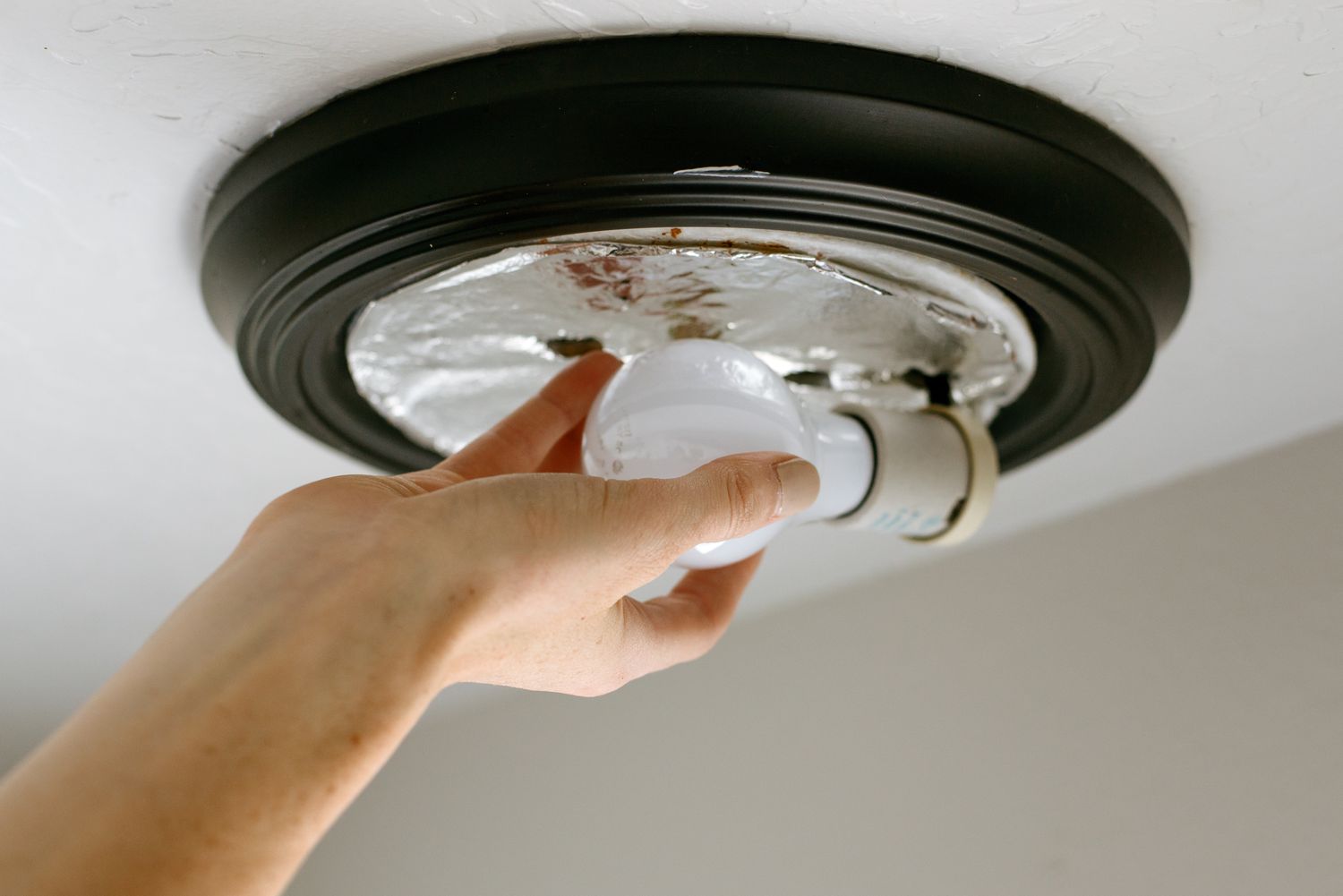

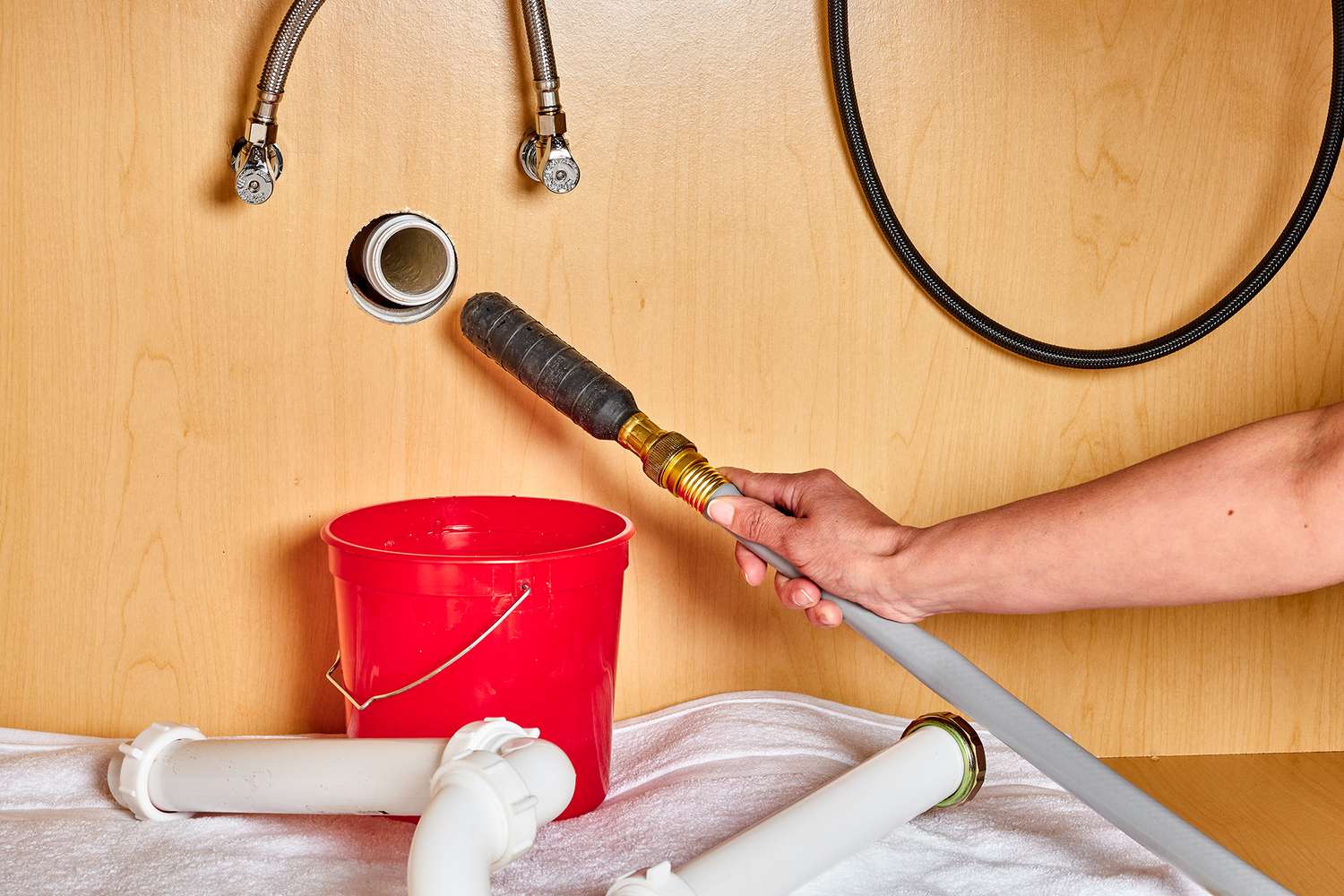
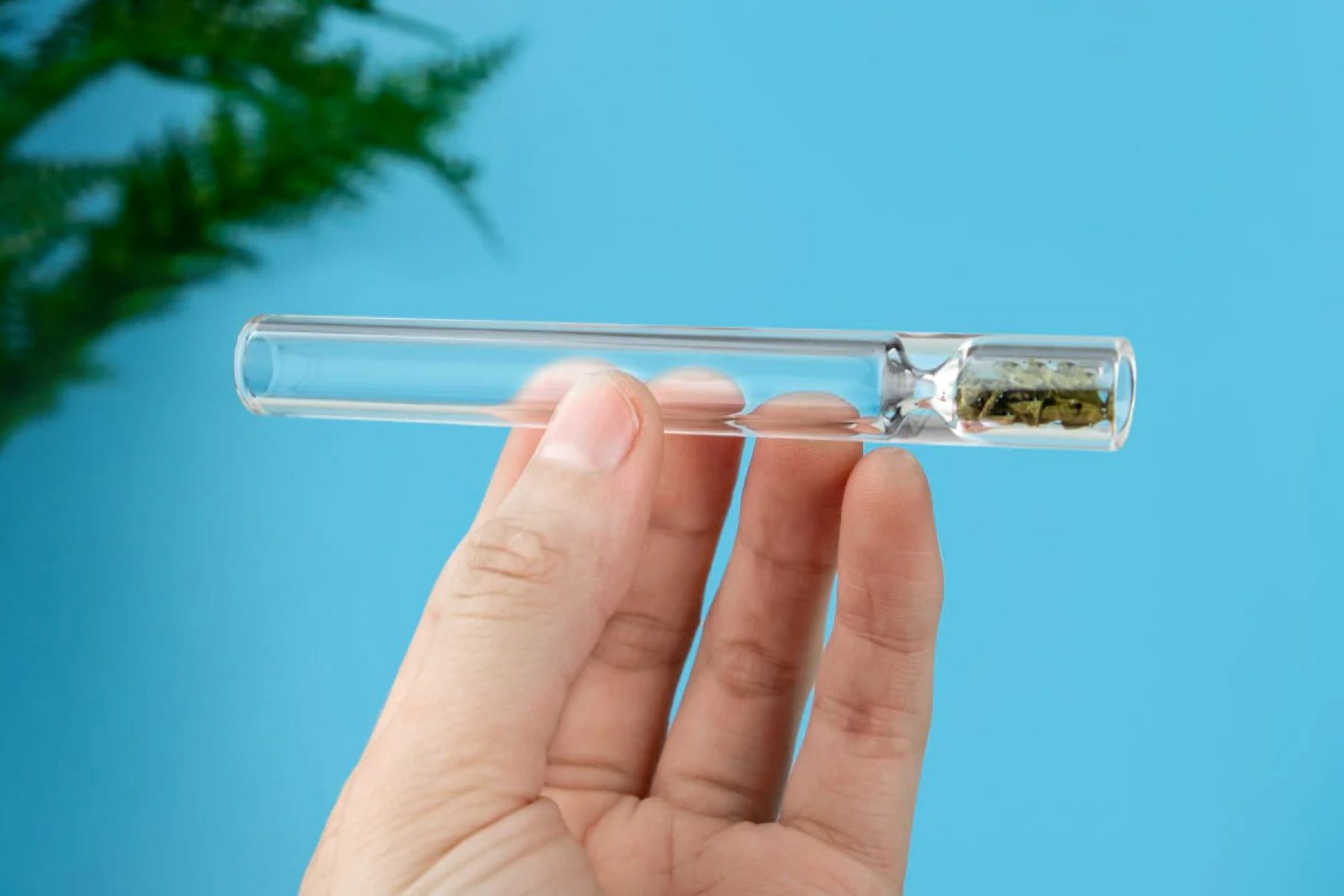
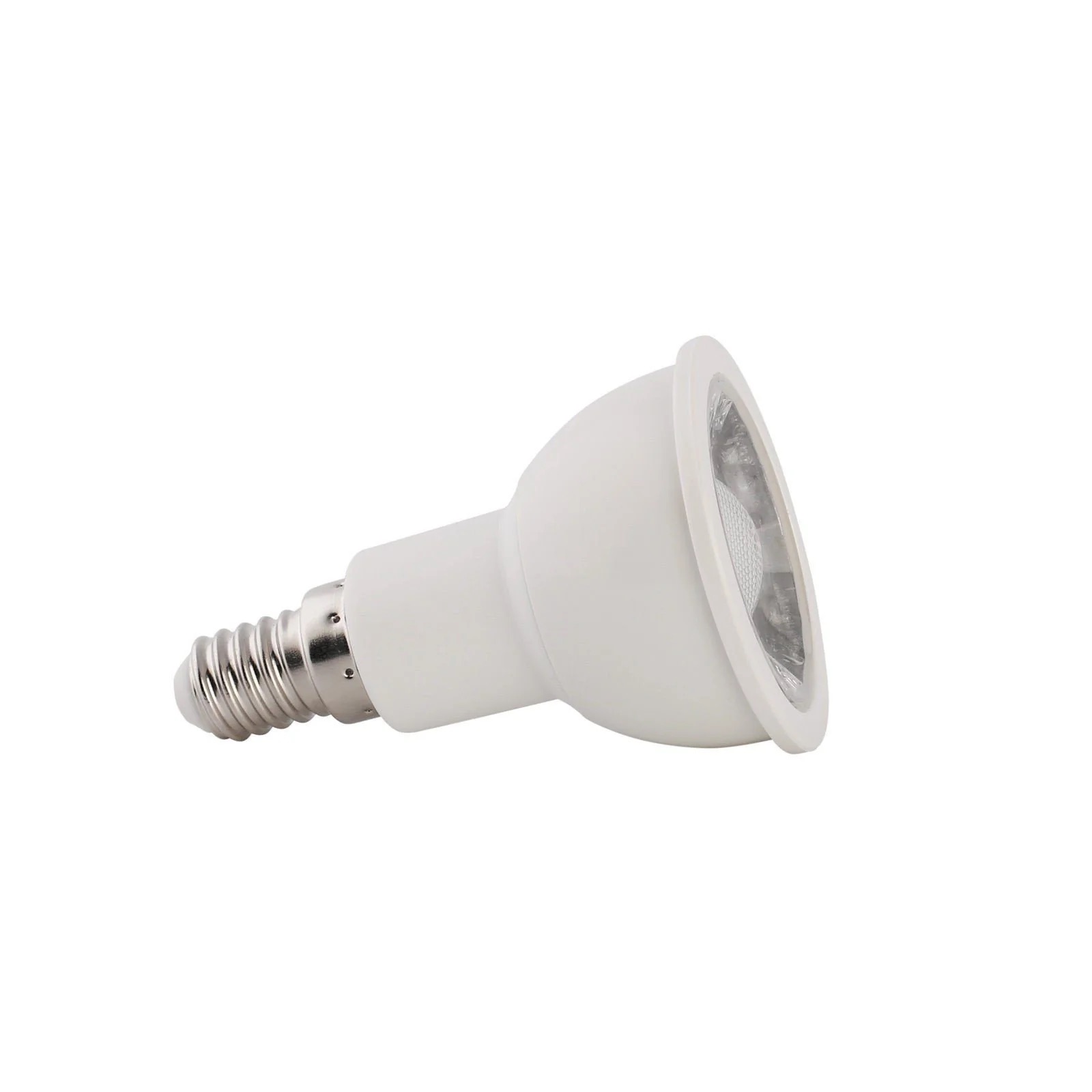
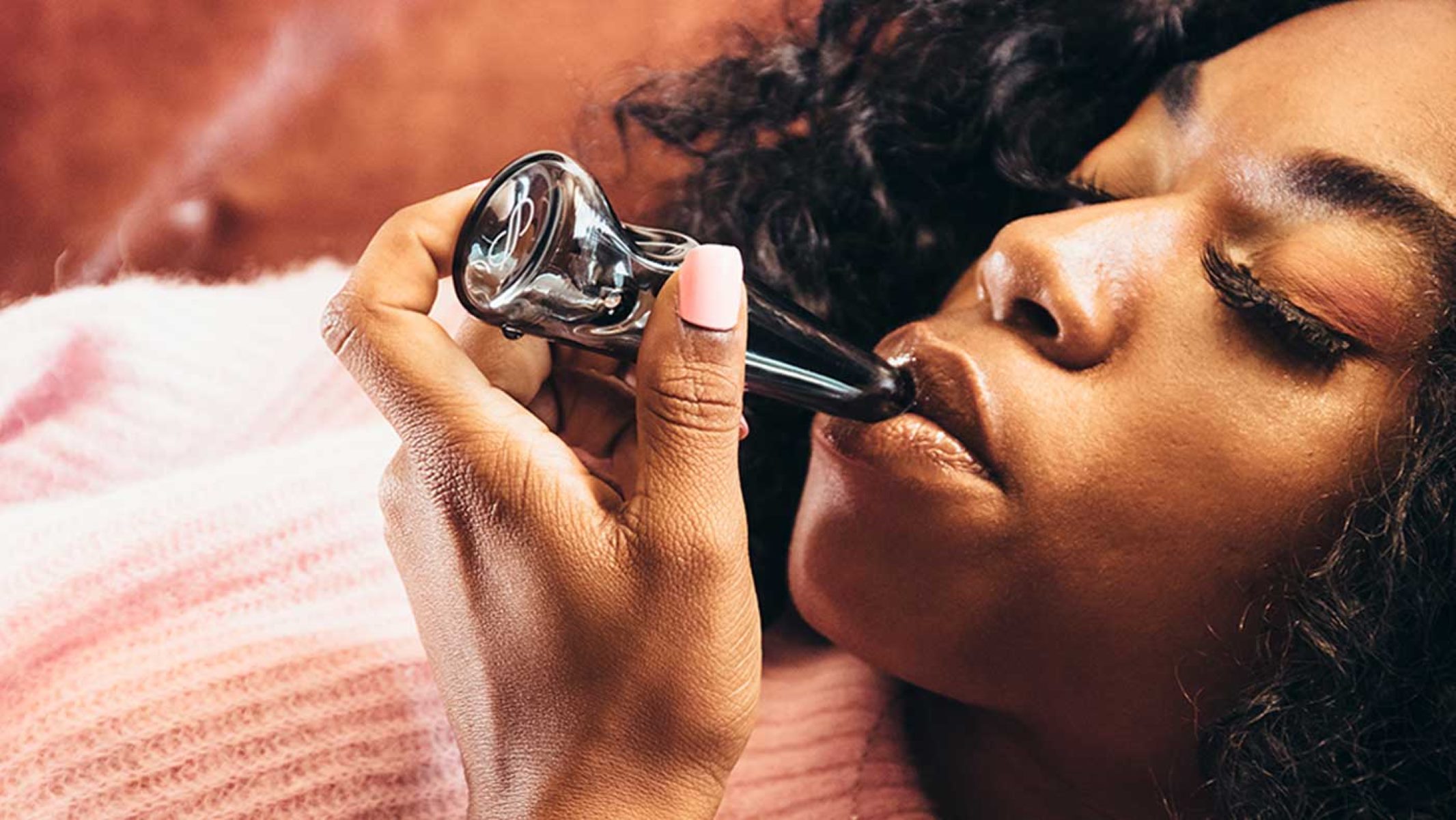
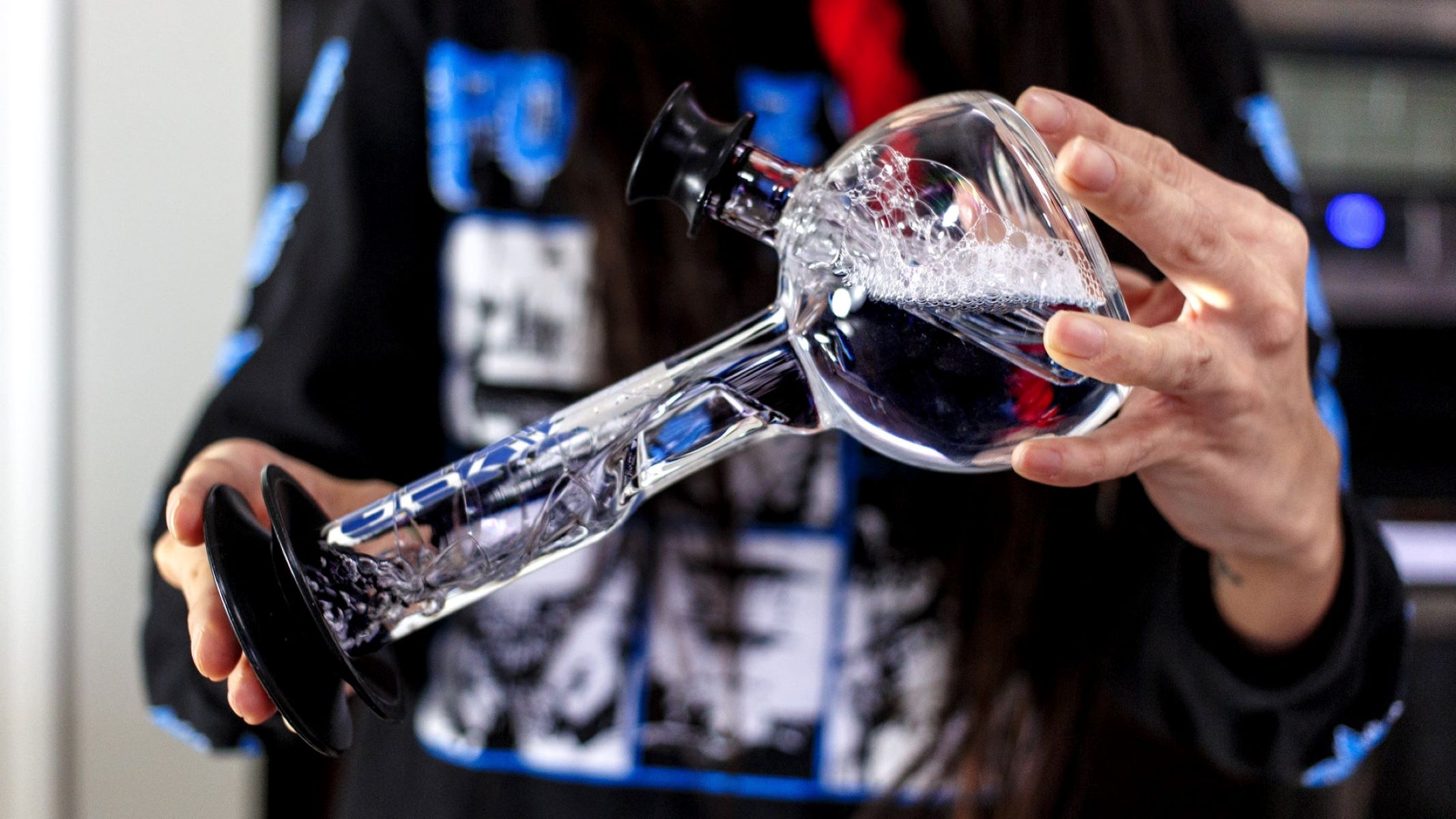
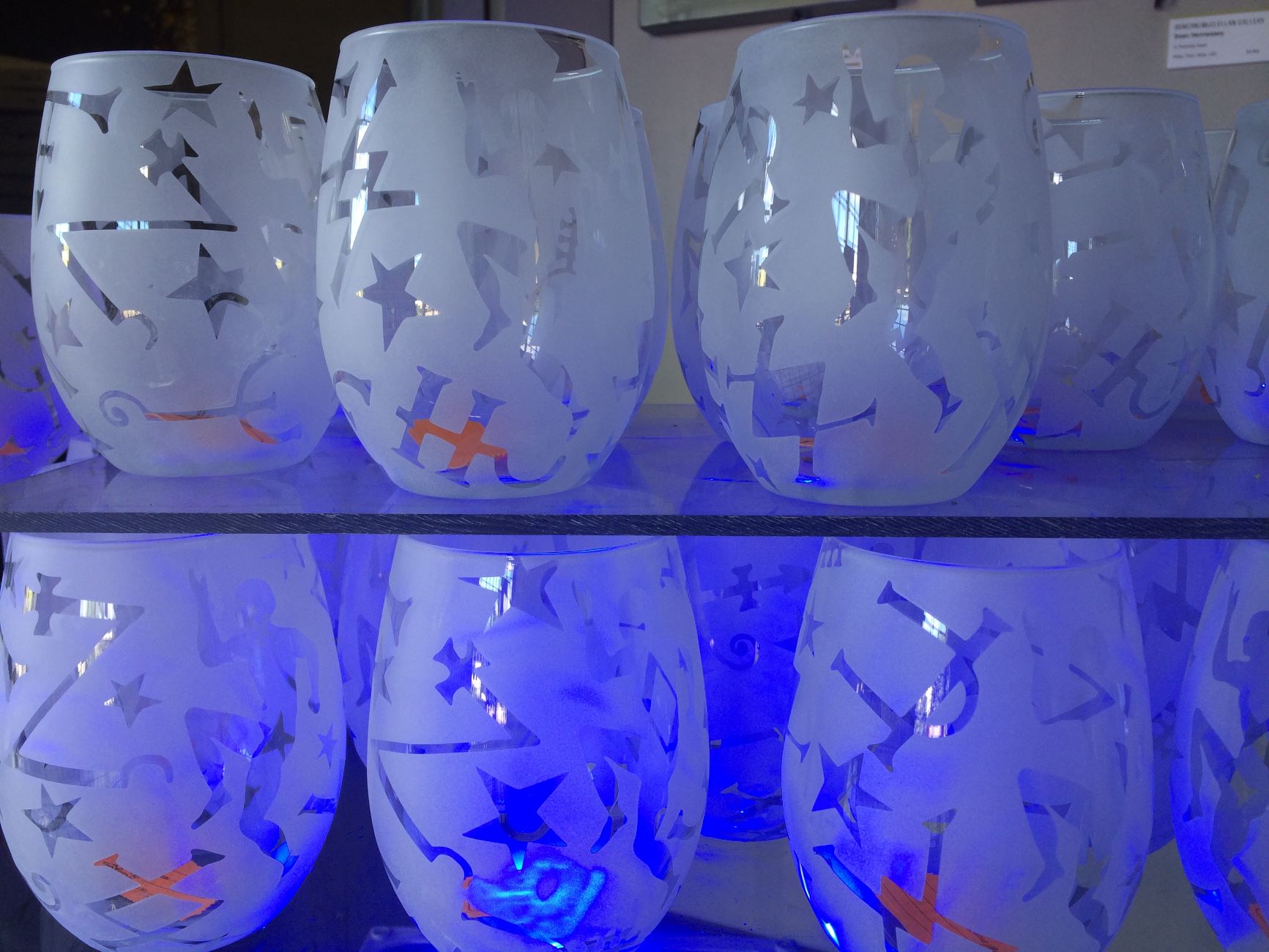
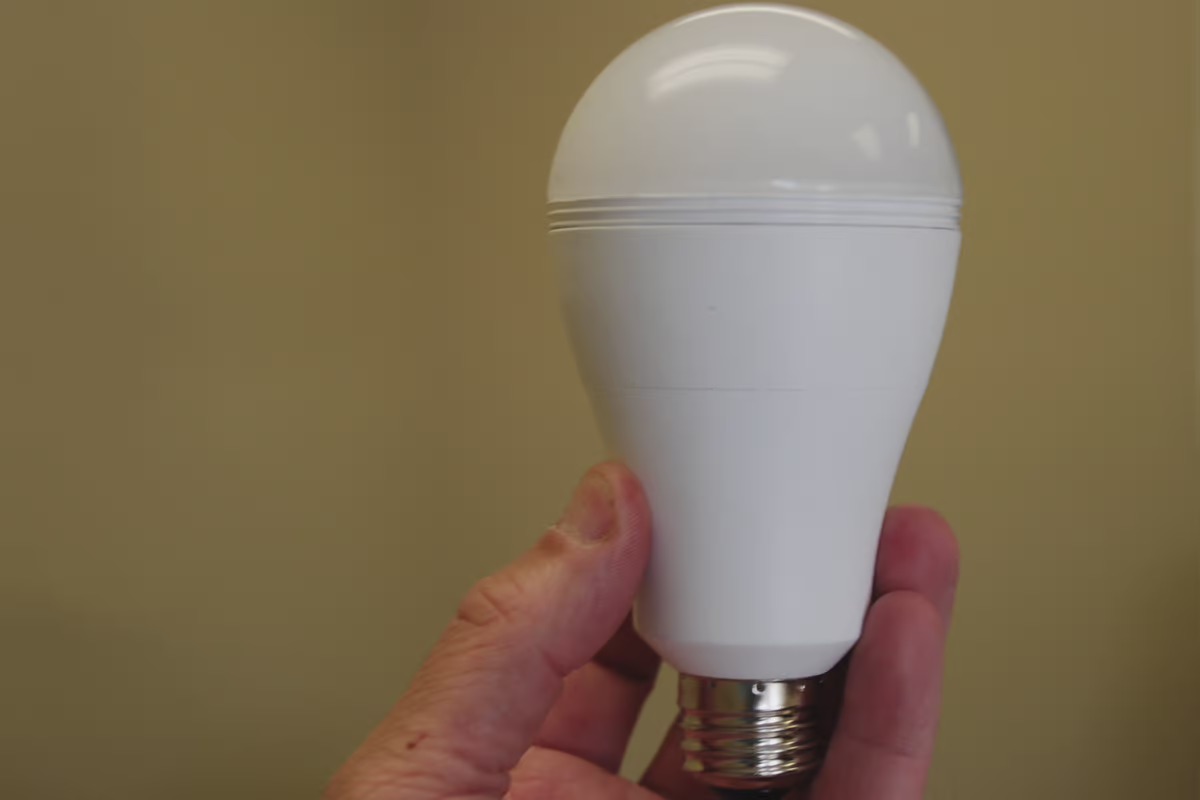
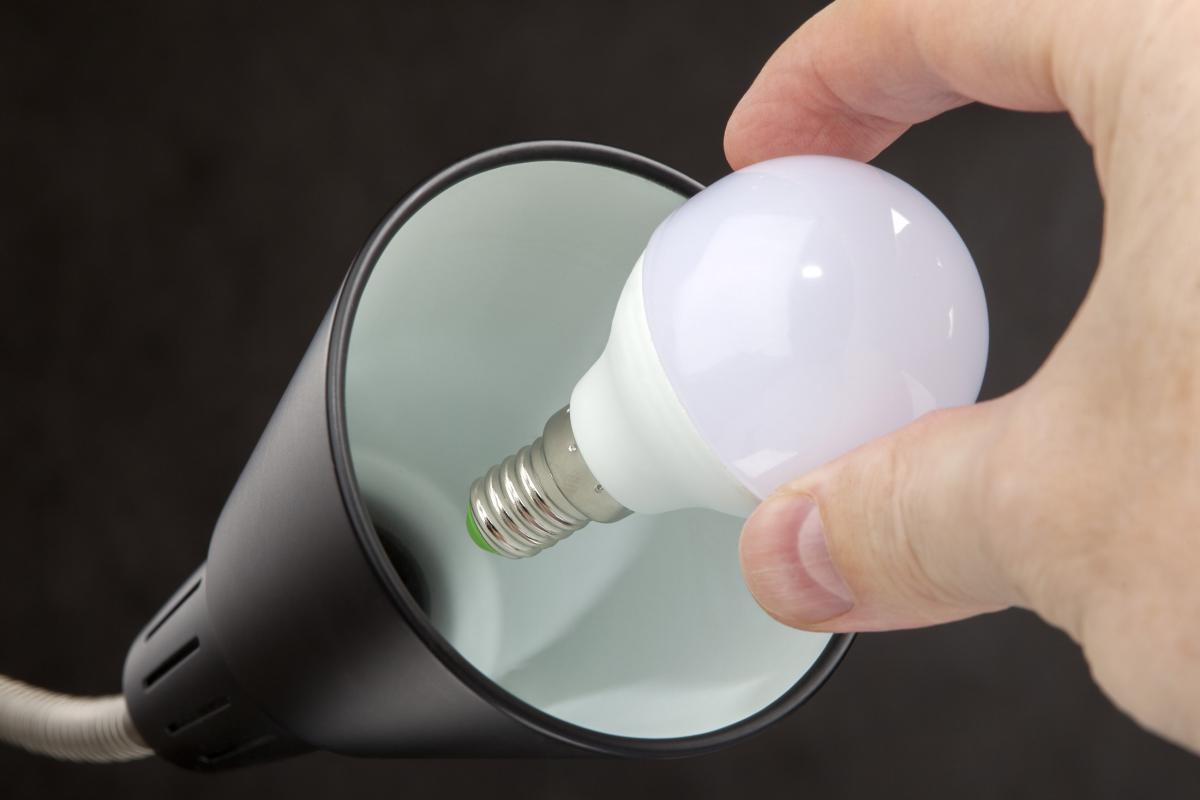
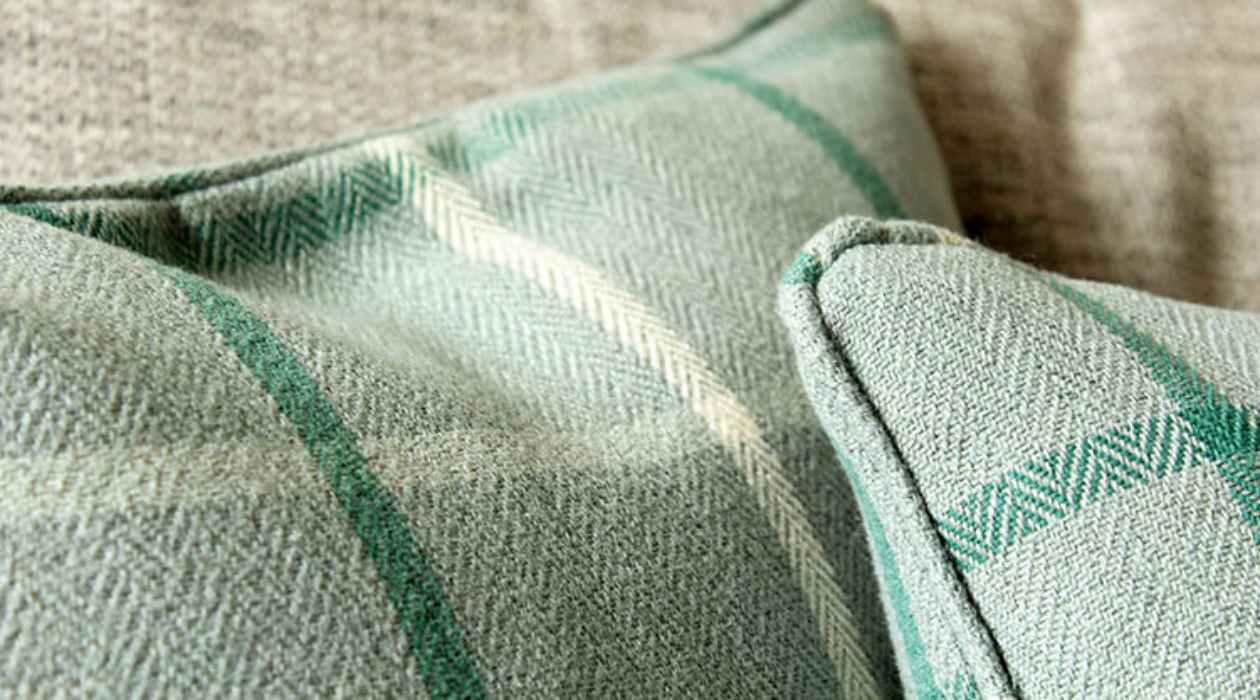
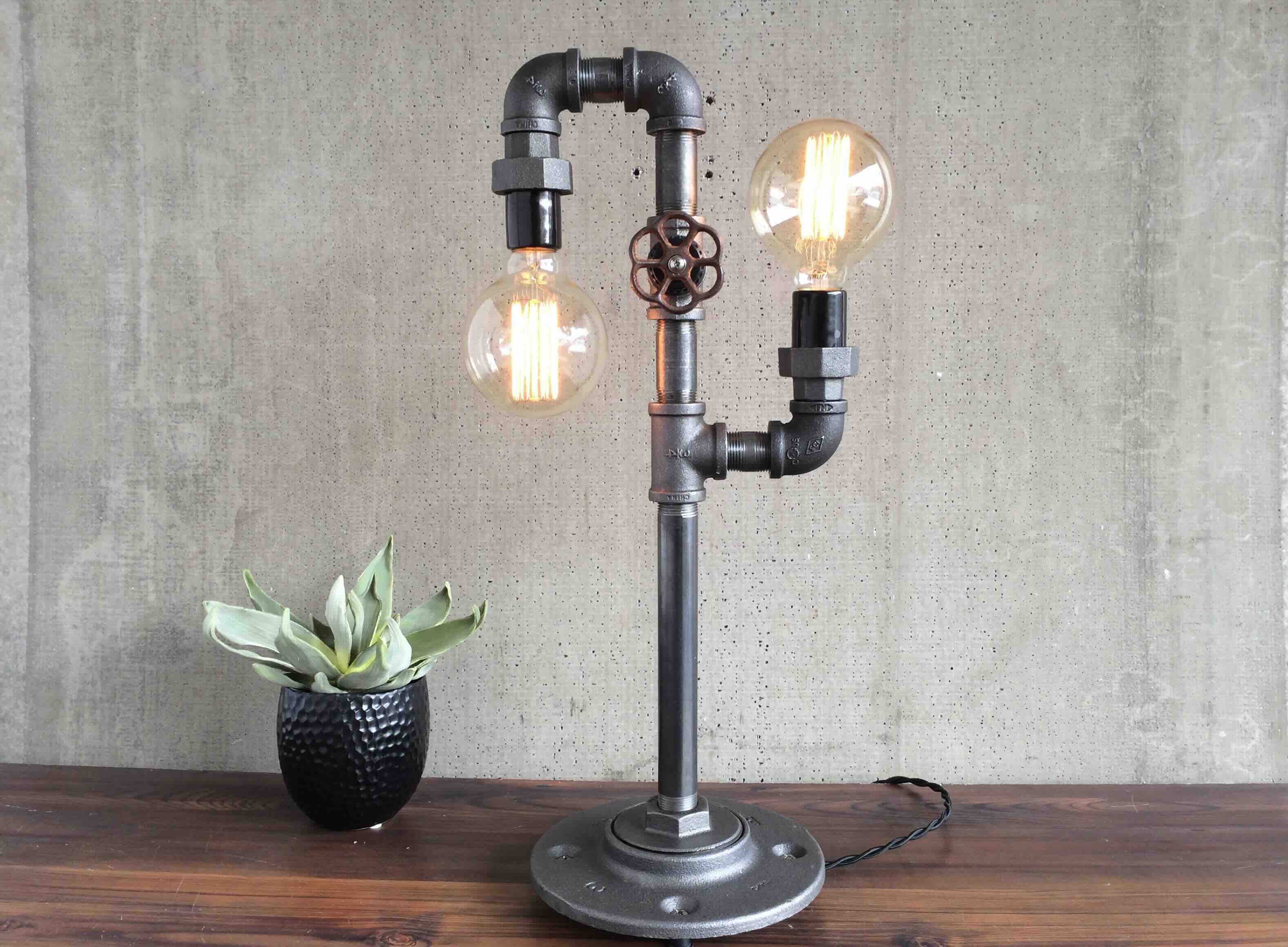
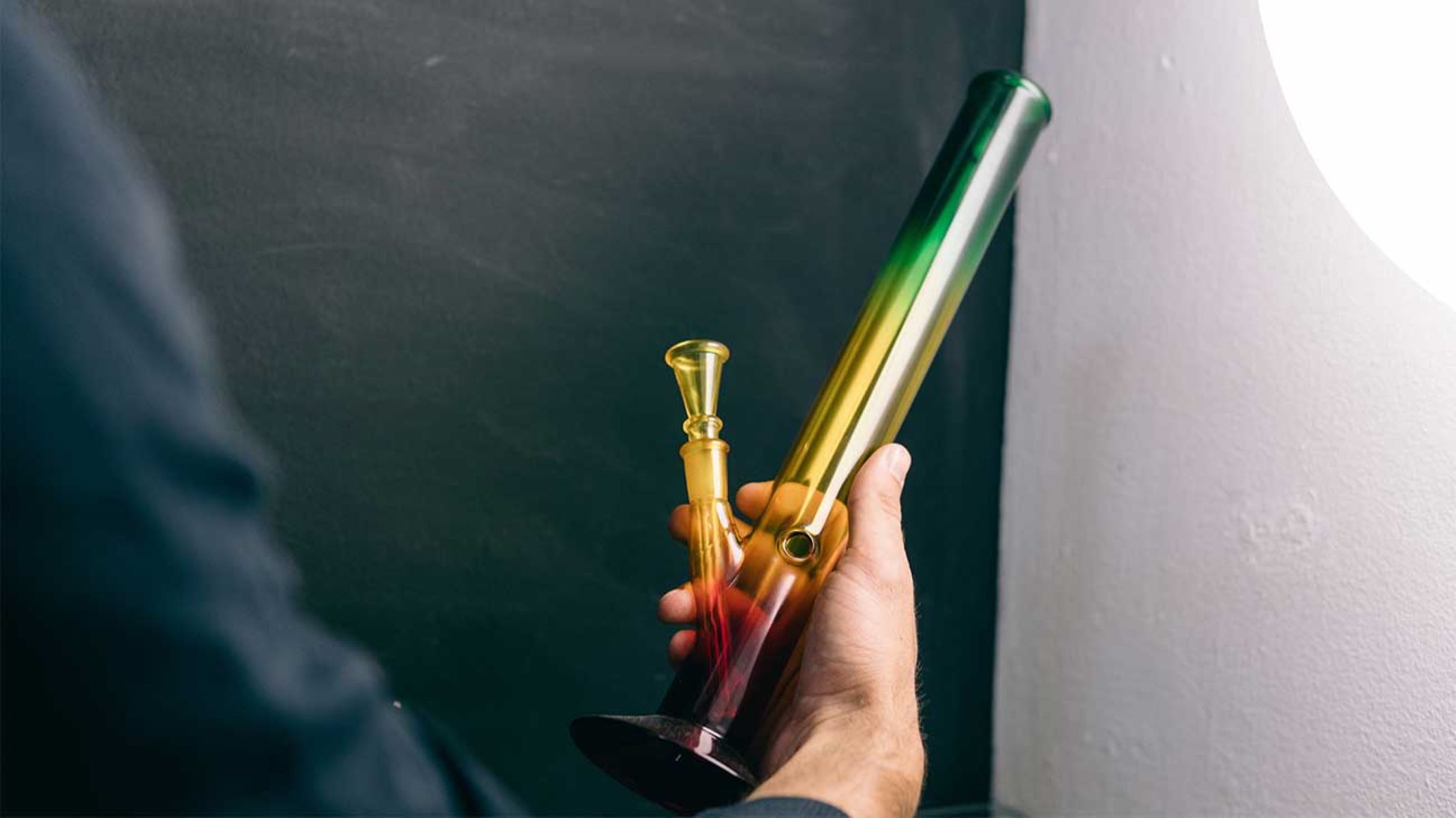
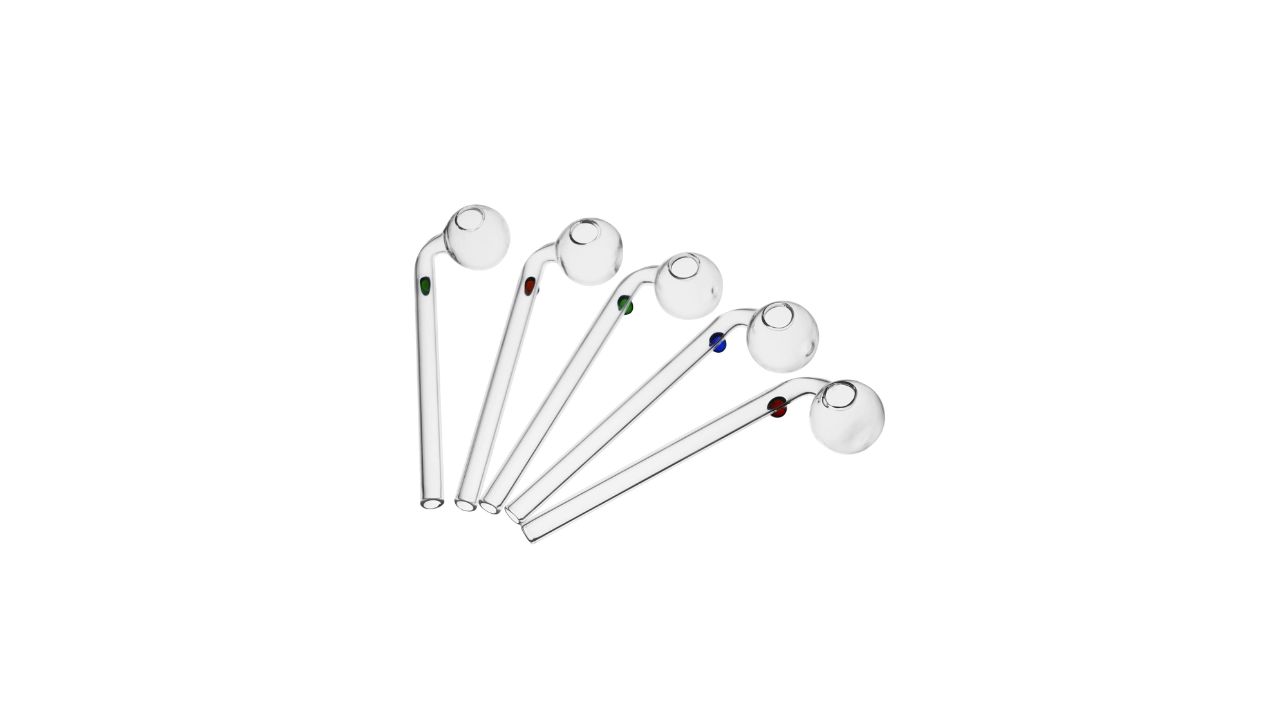

0 thoughts on “How To Make A Glass Pipe Out Of A Light Bulb”